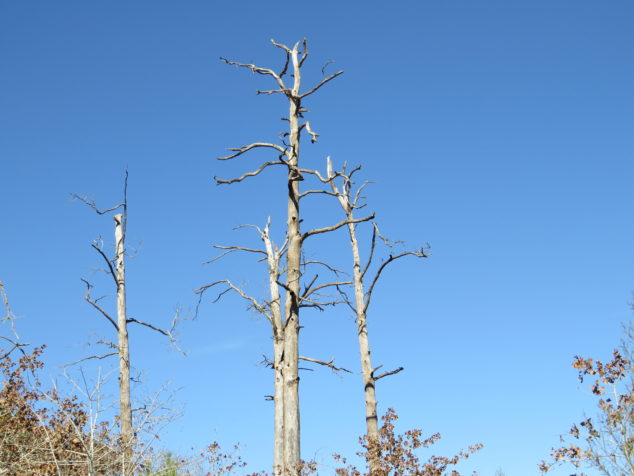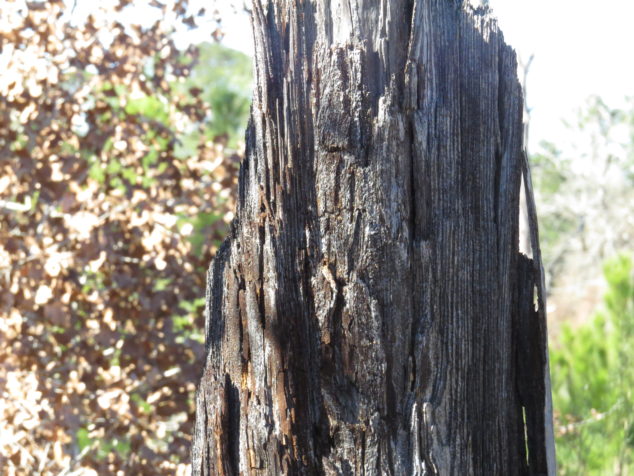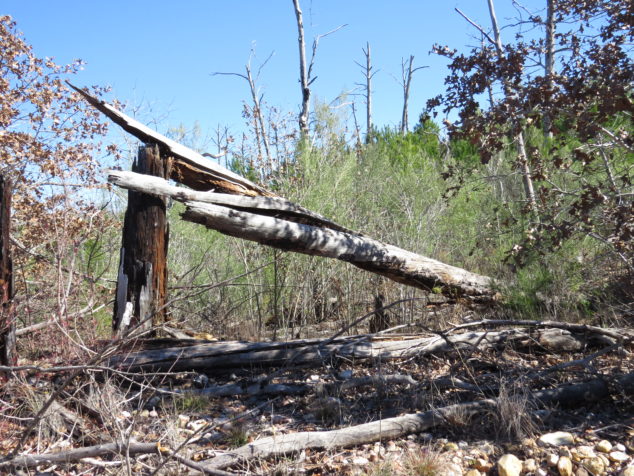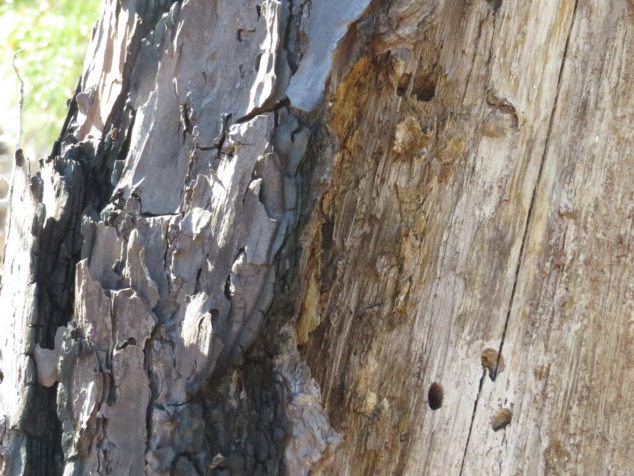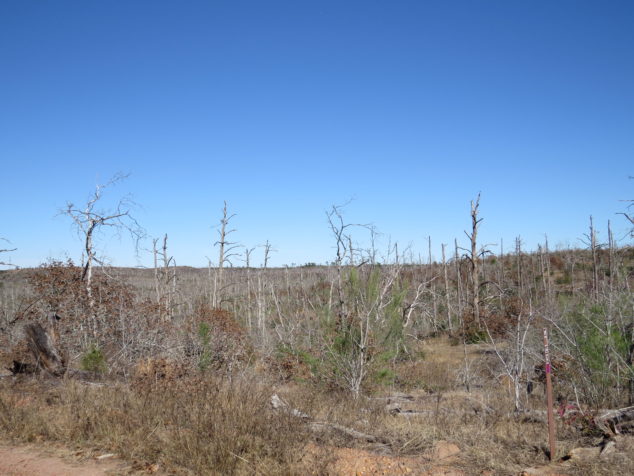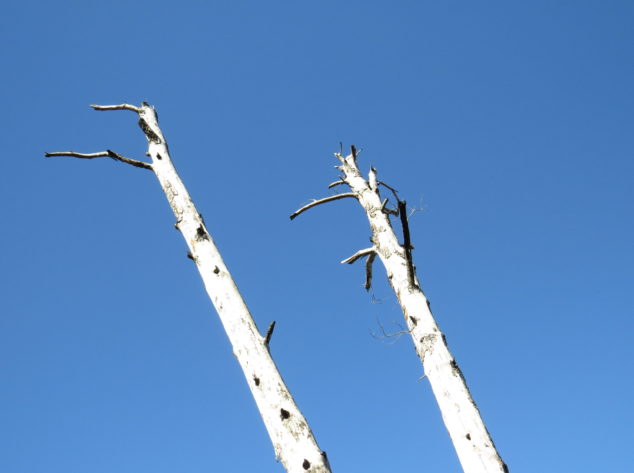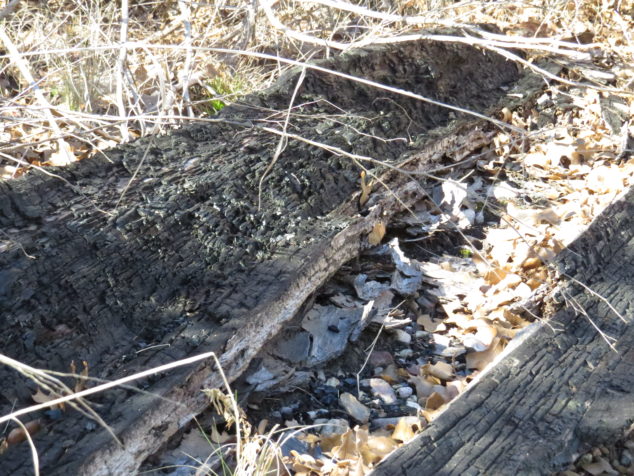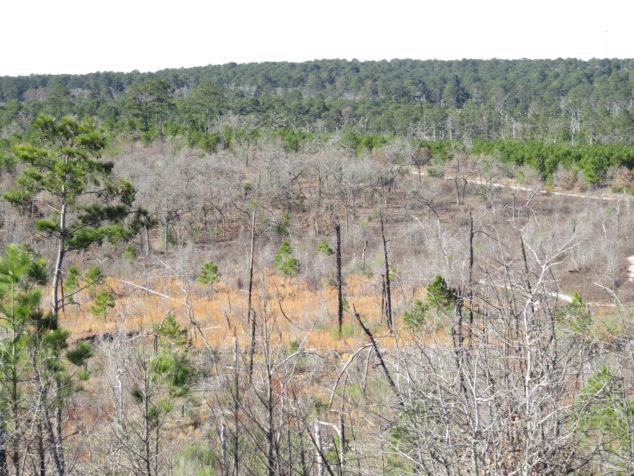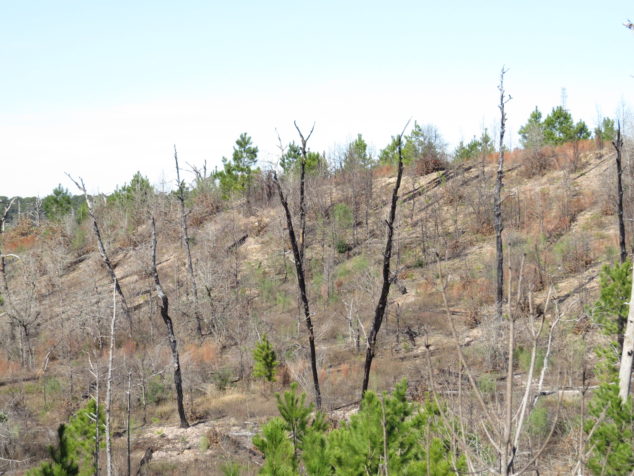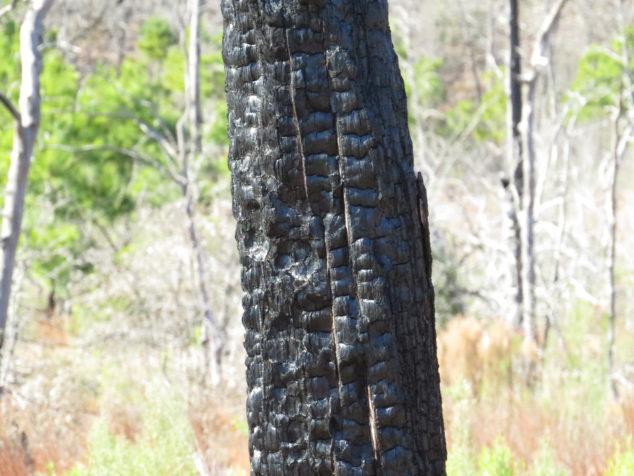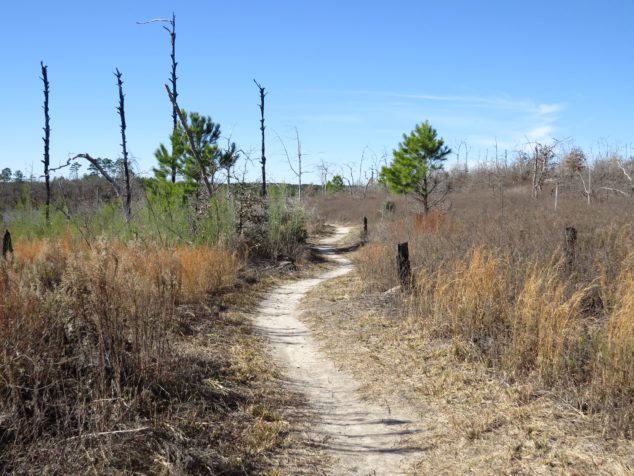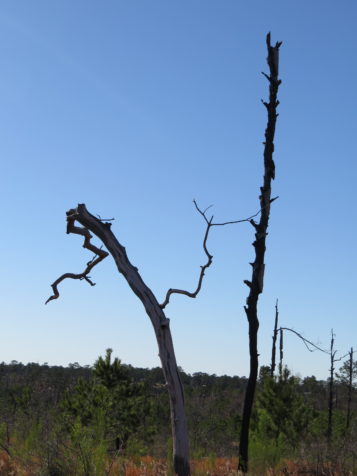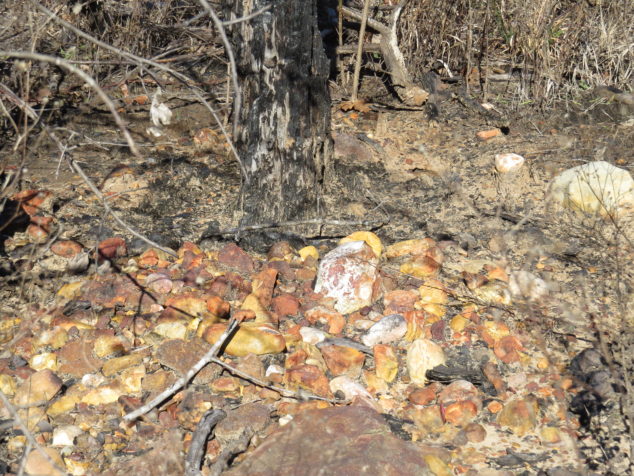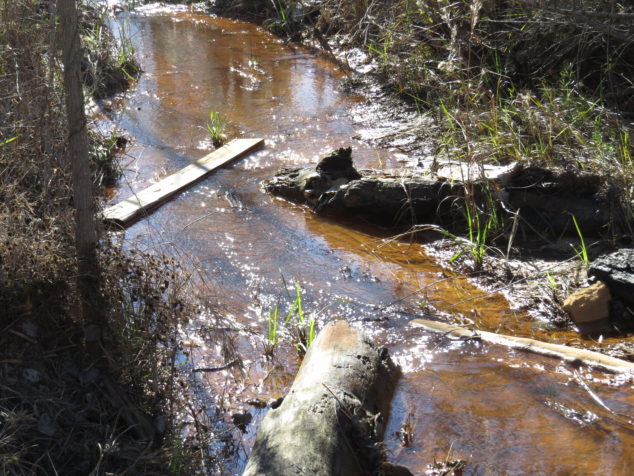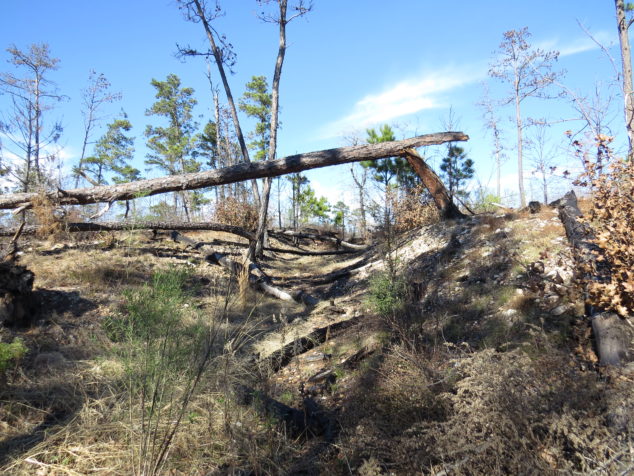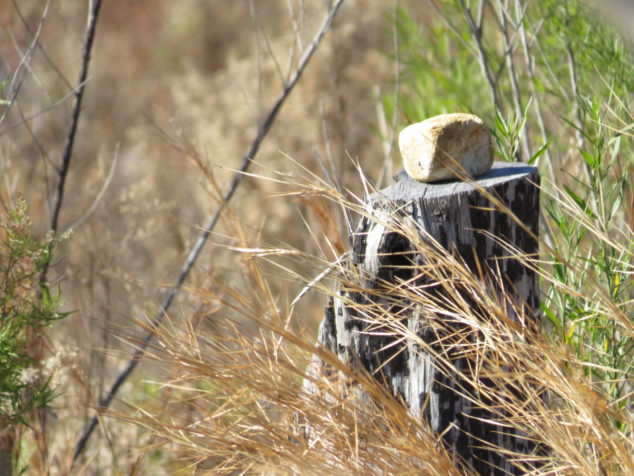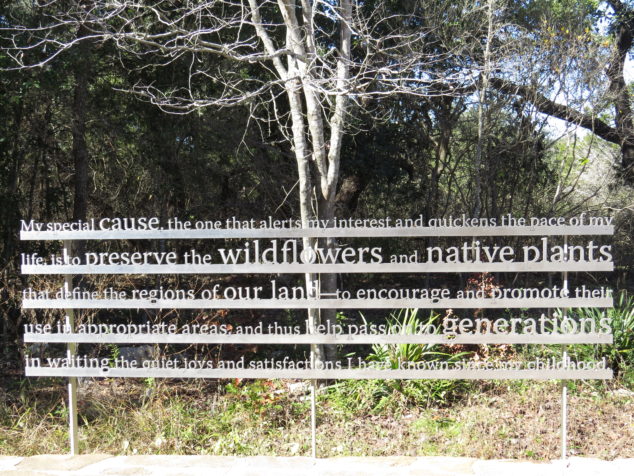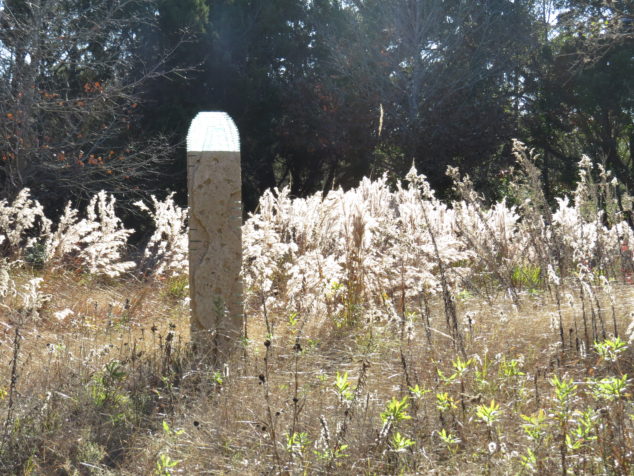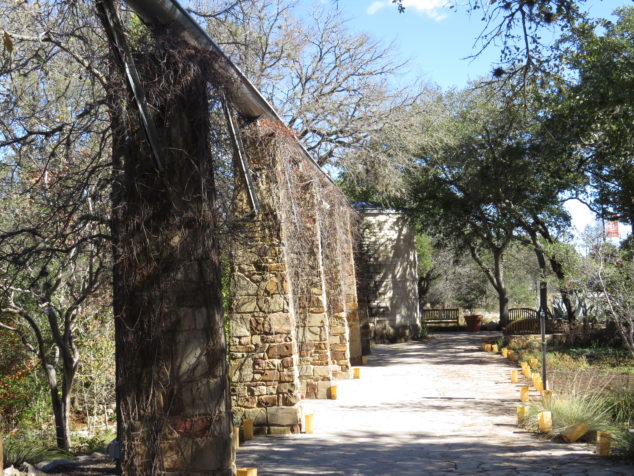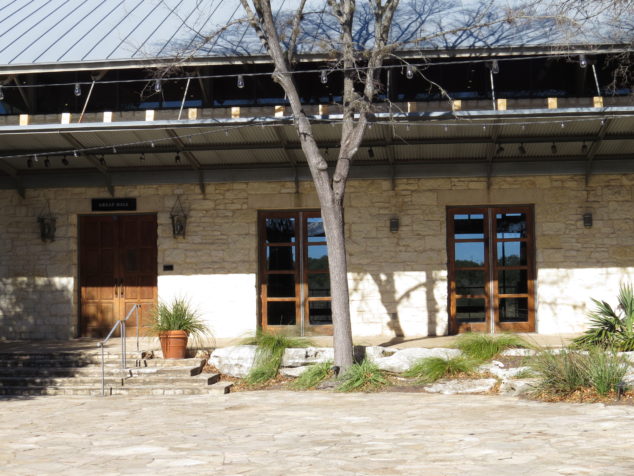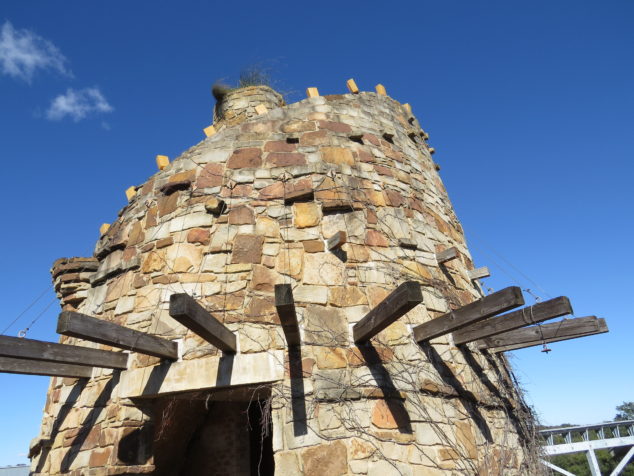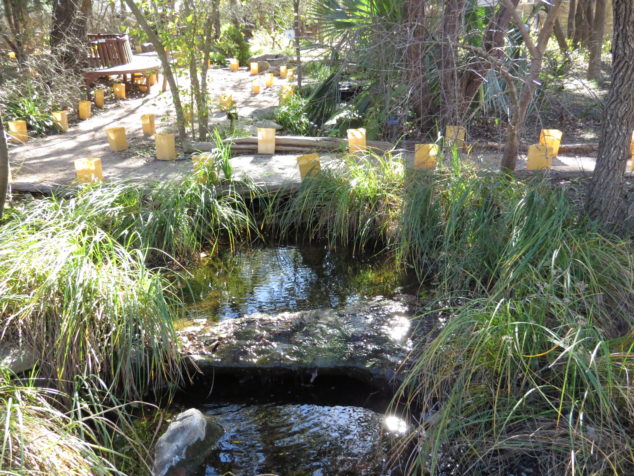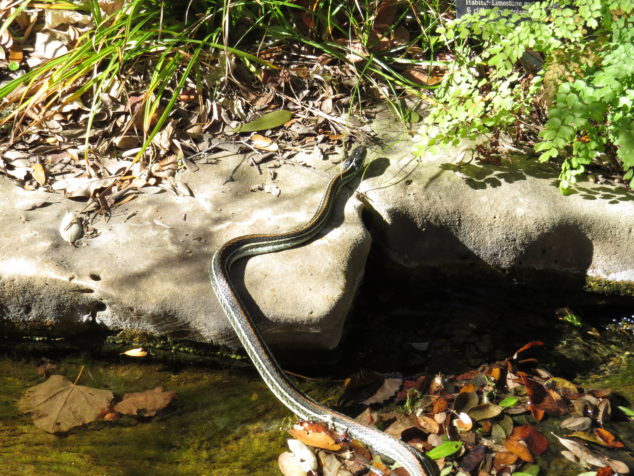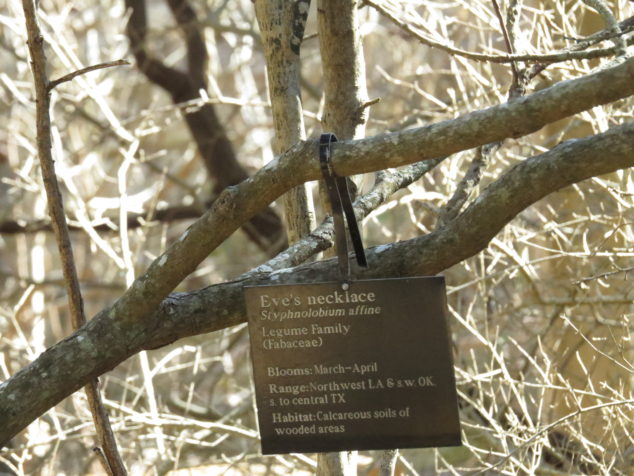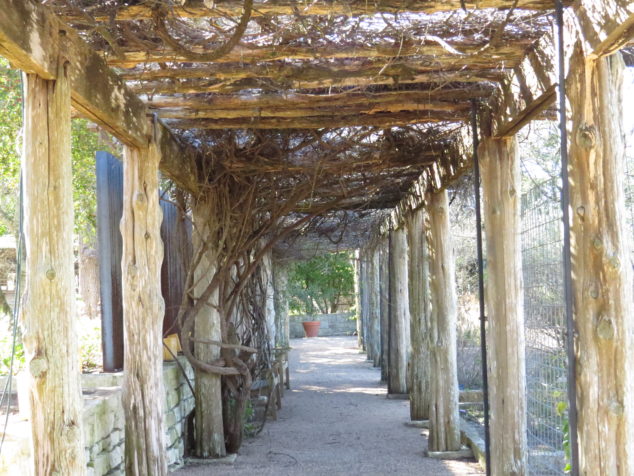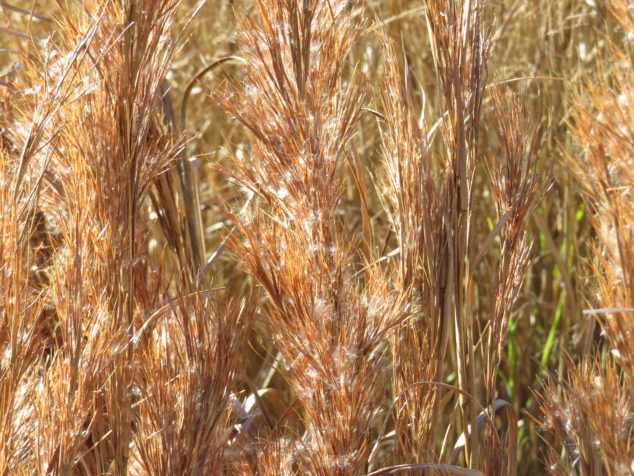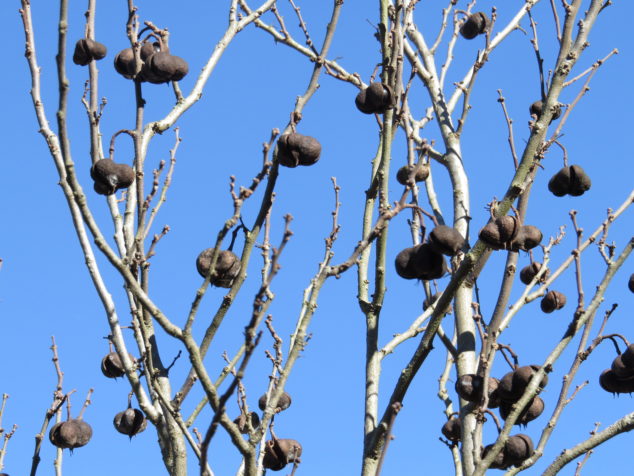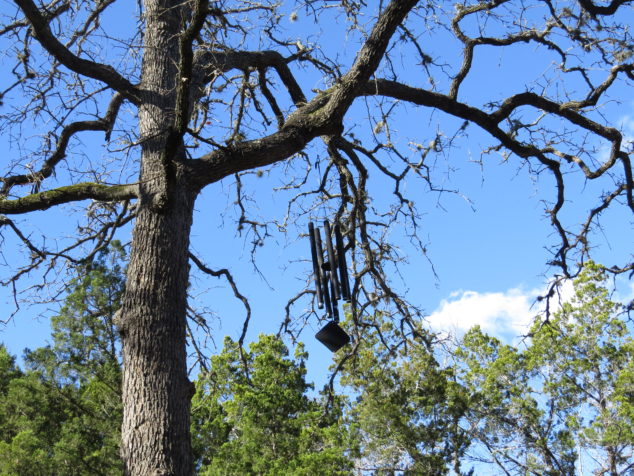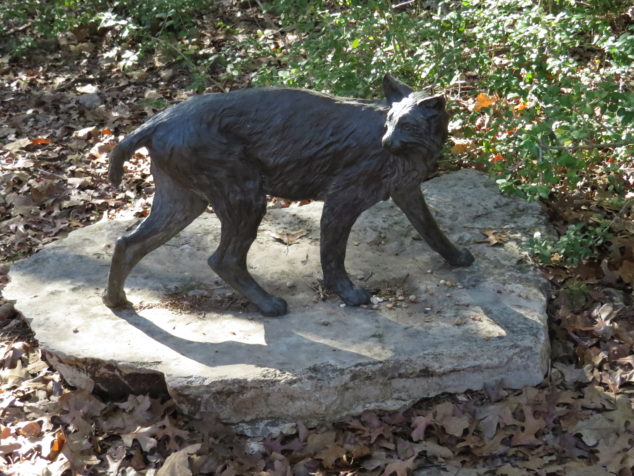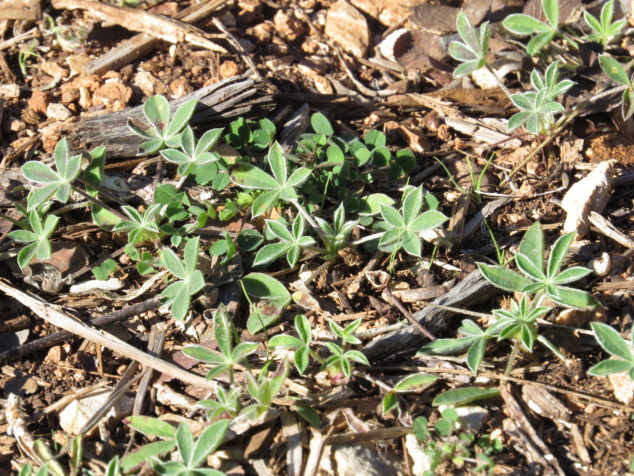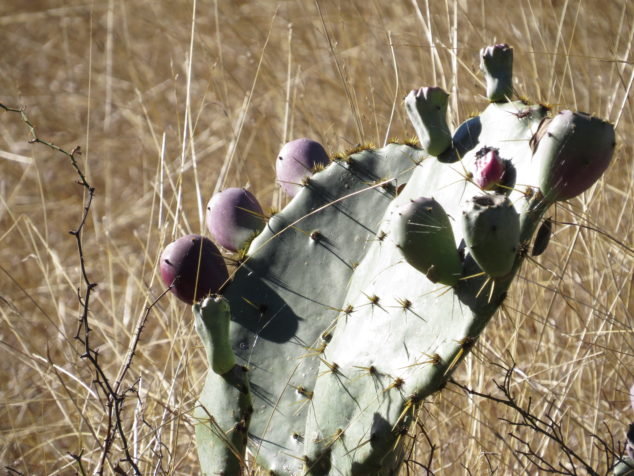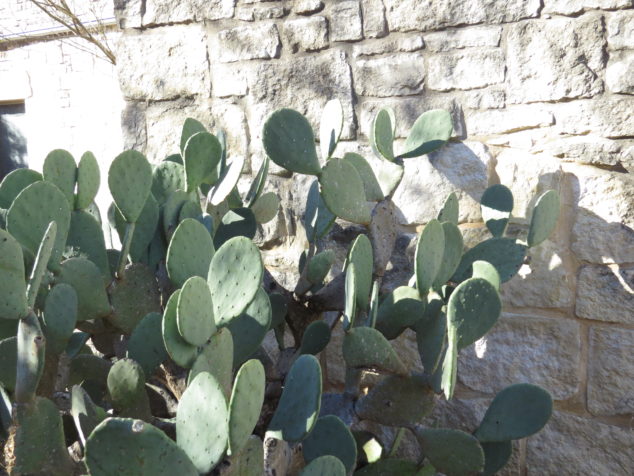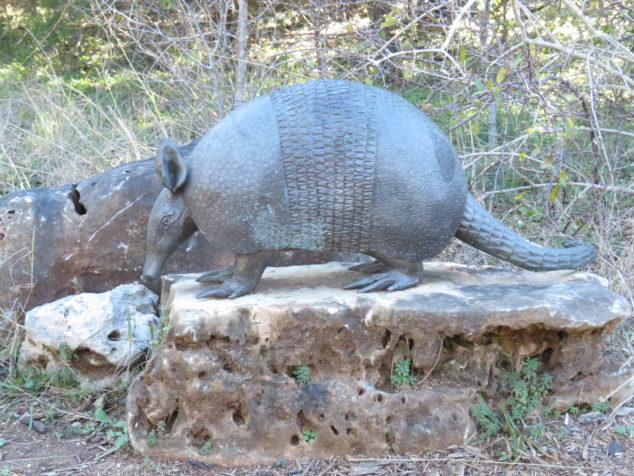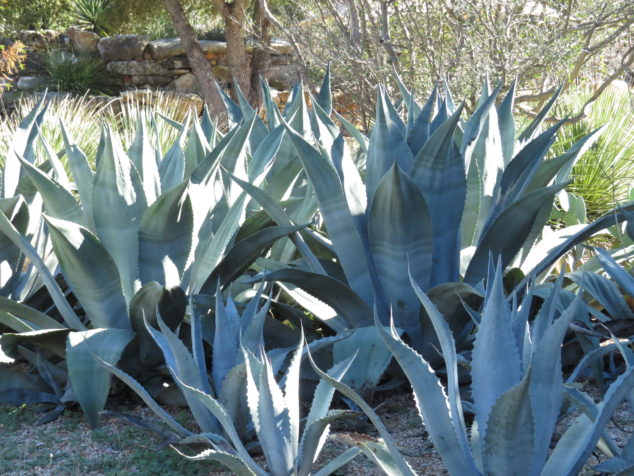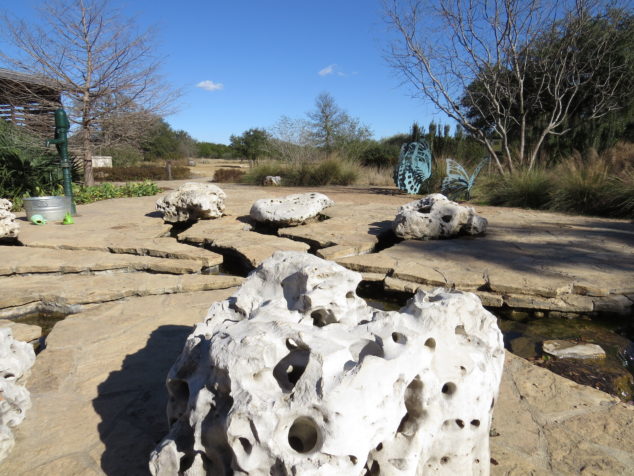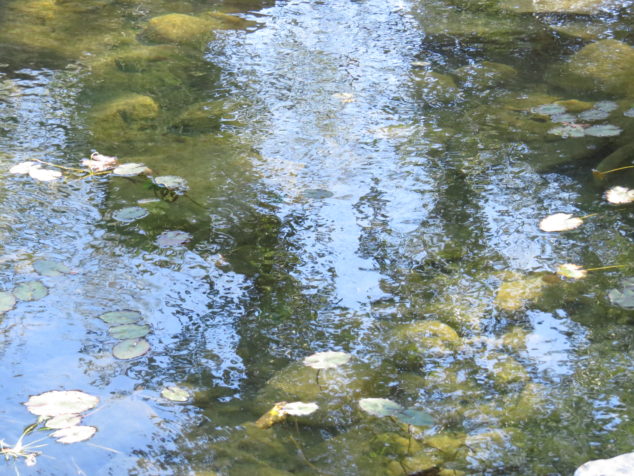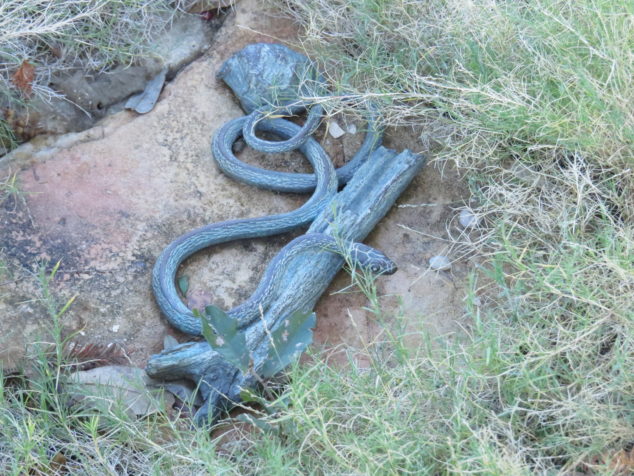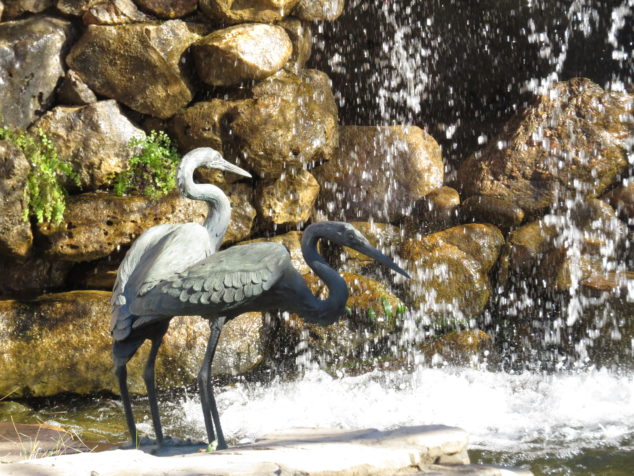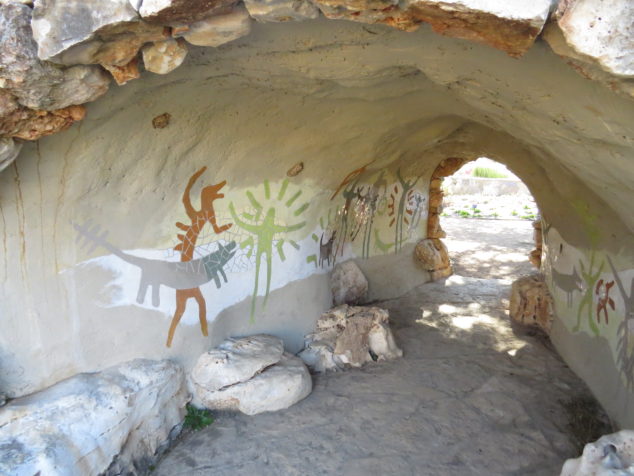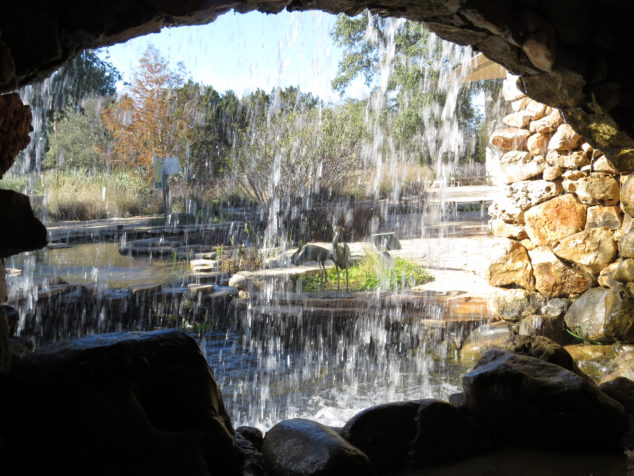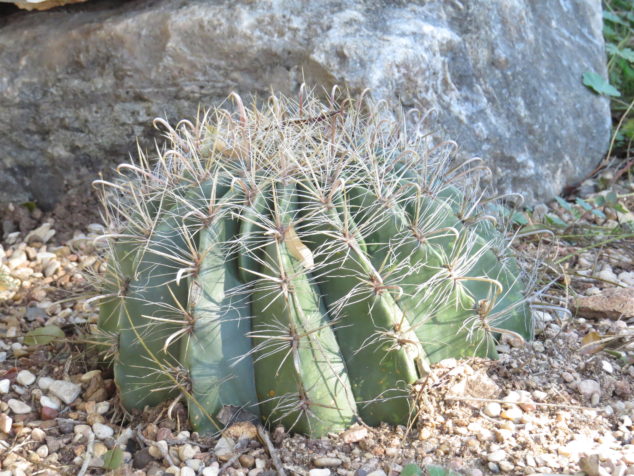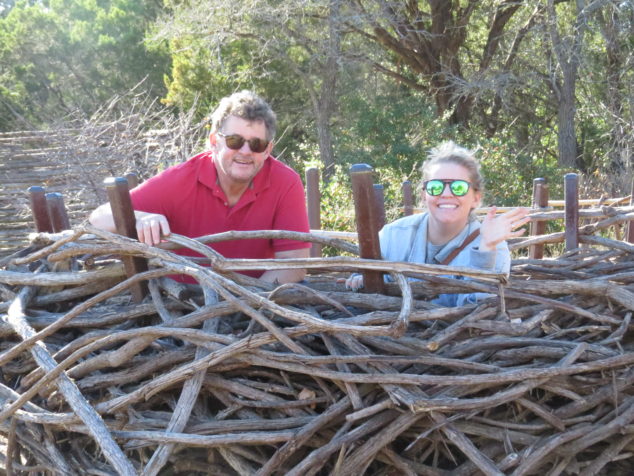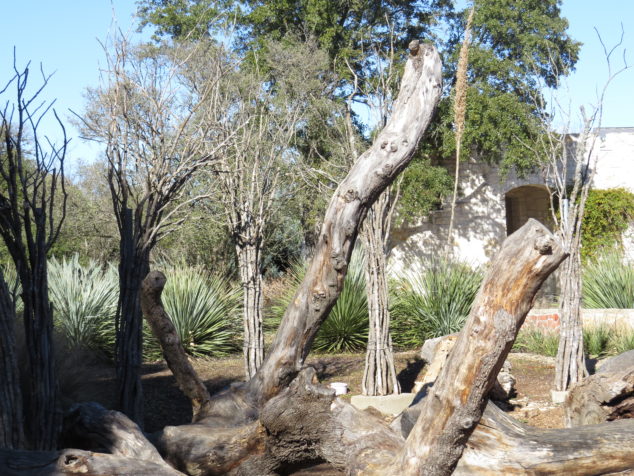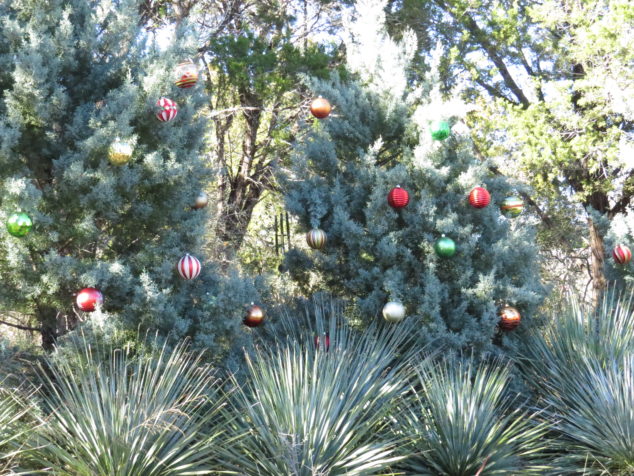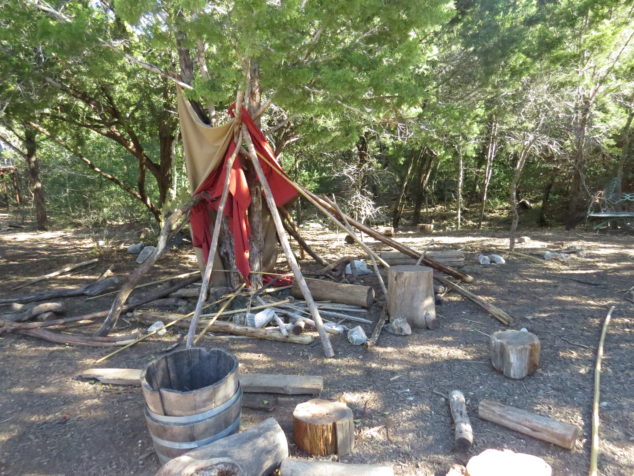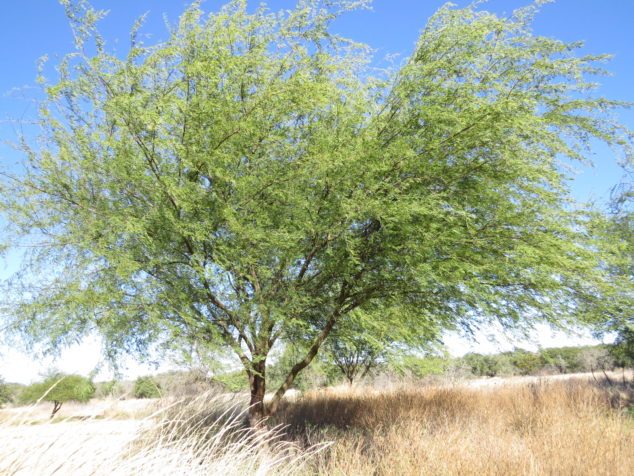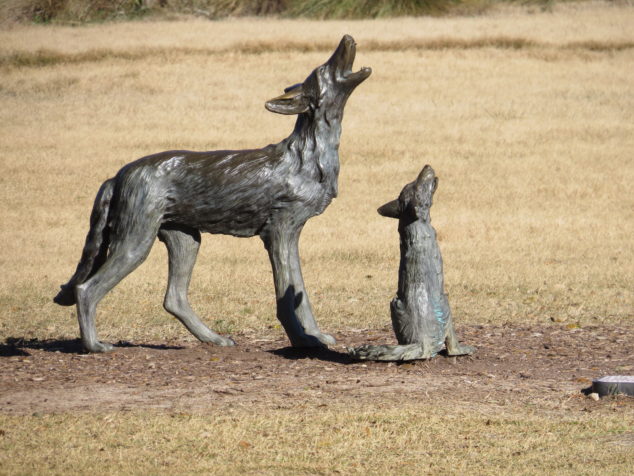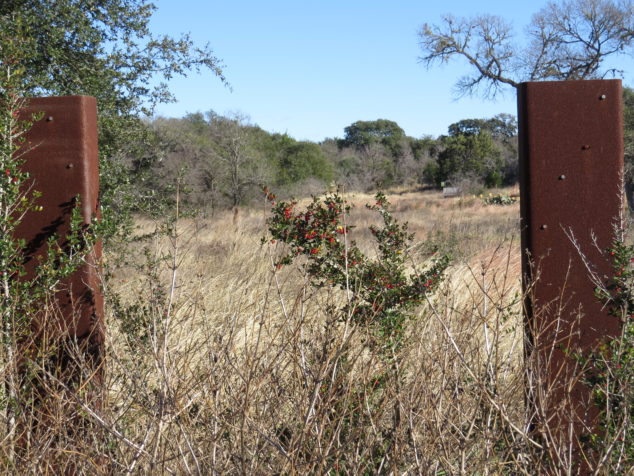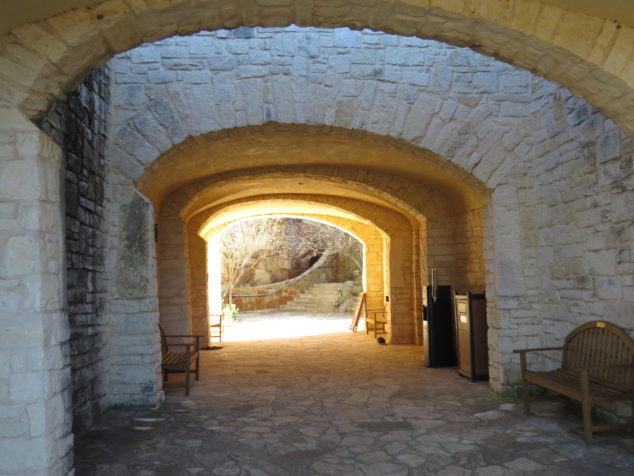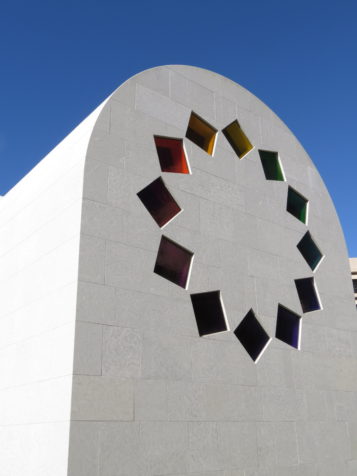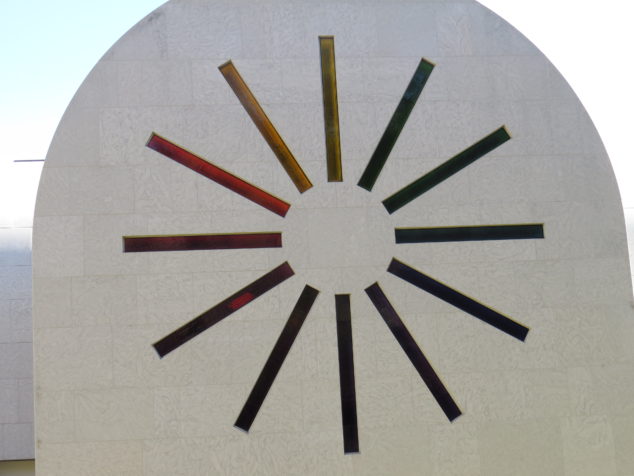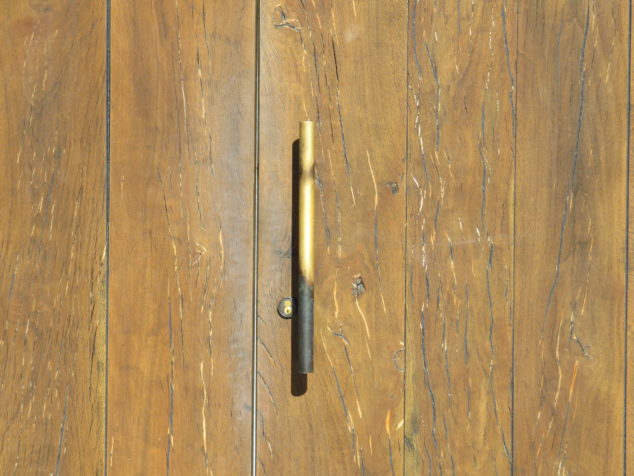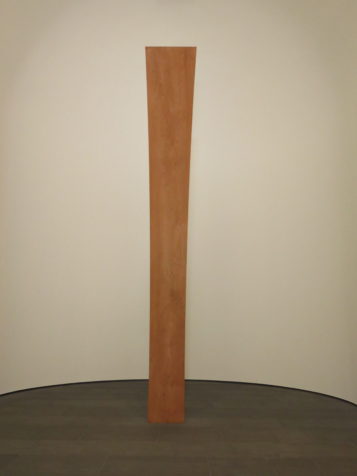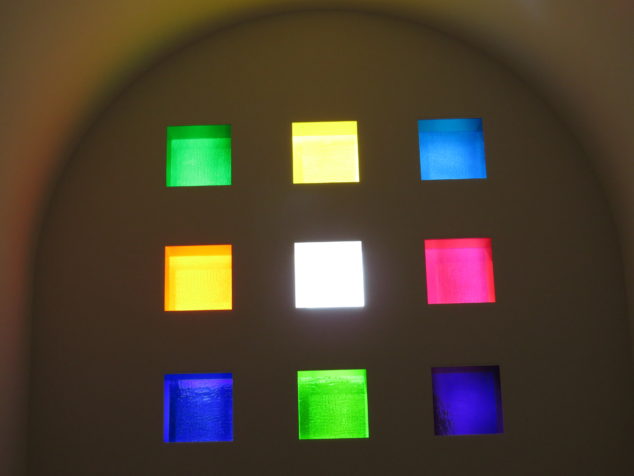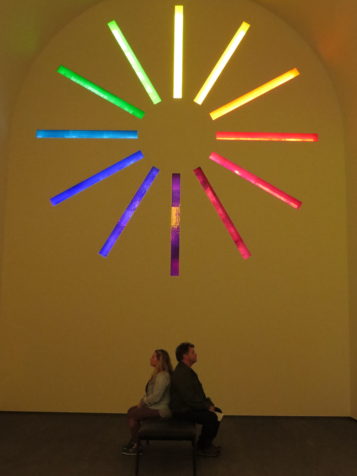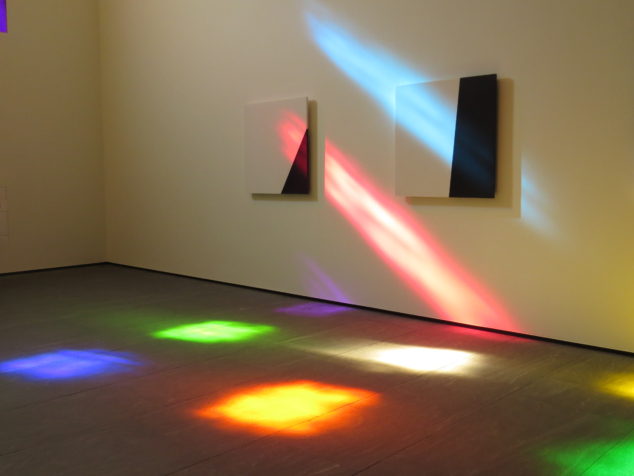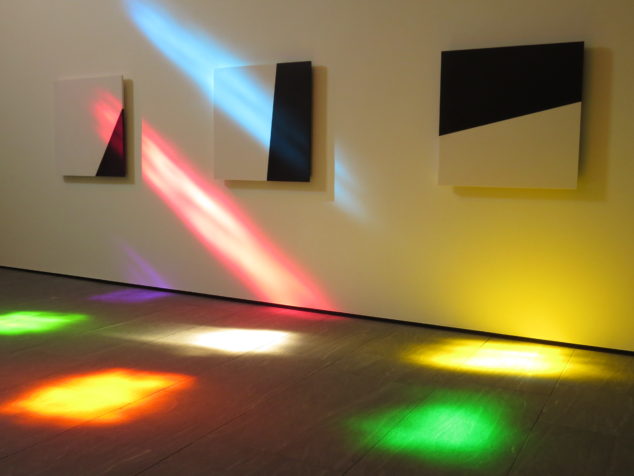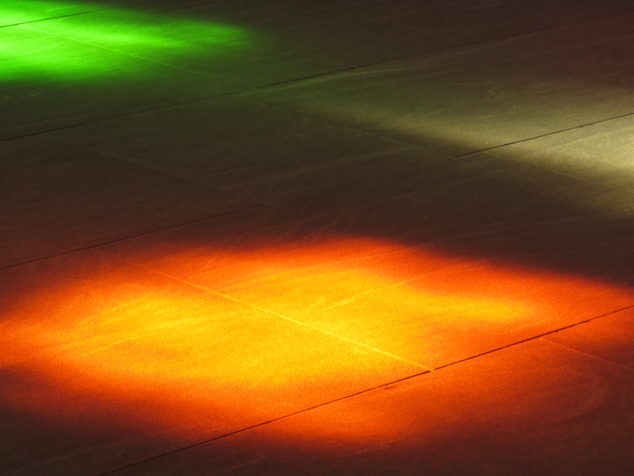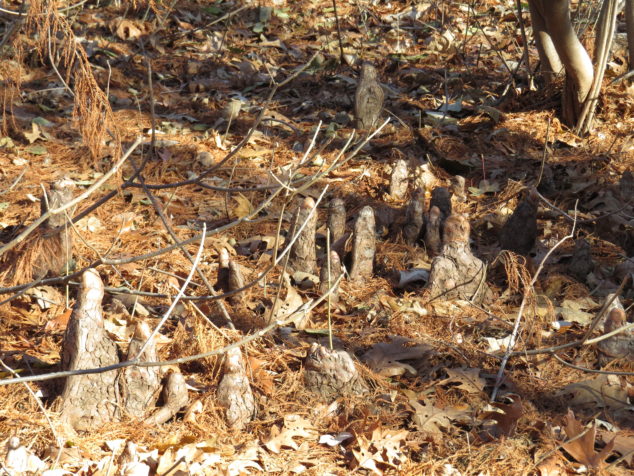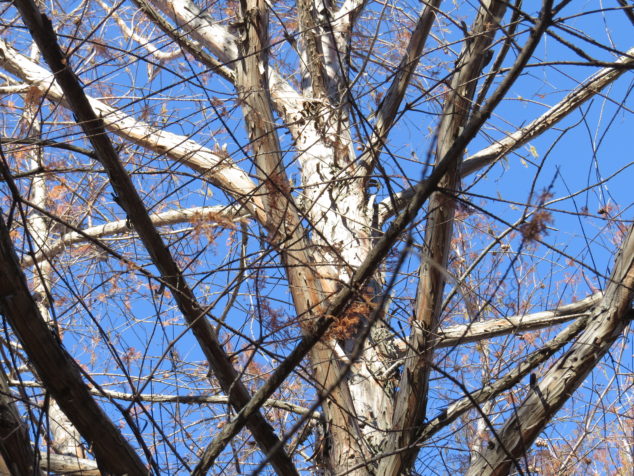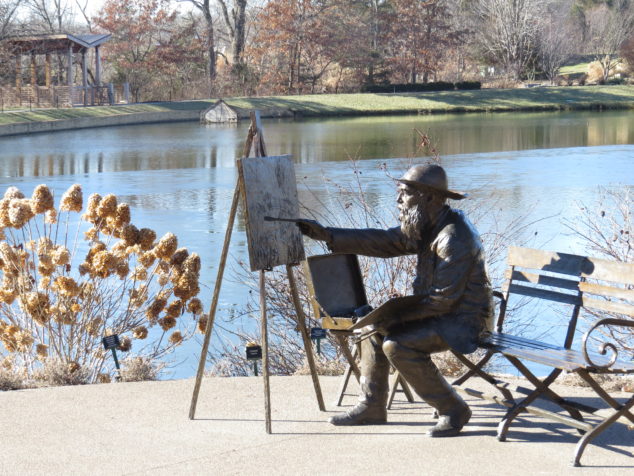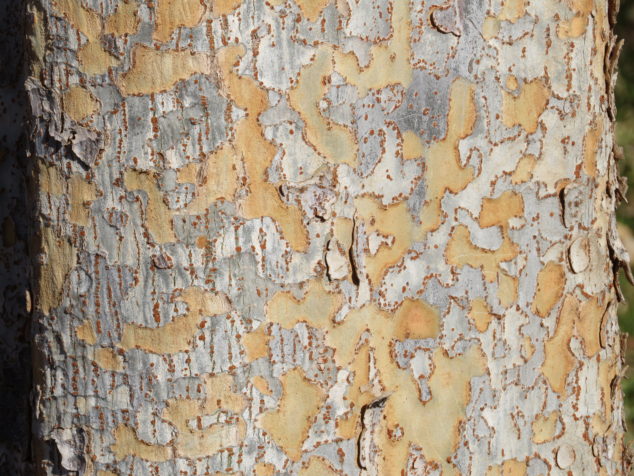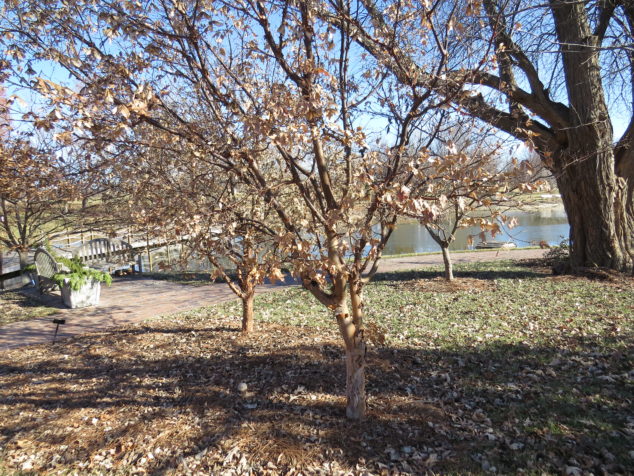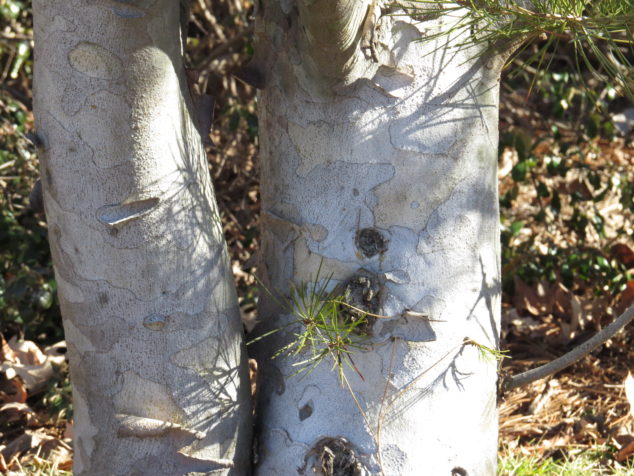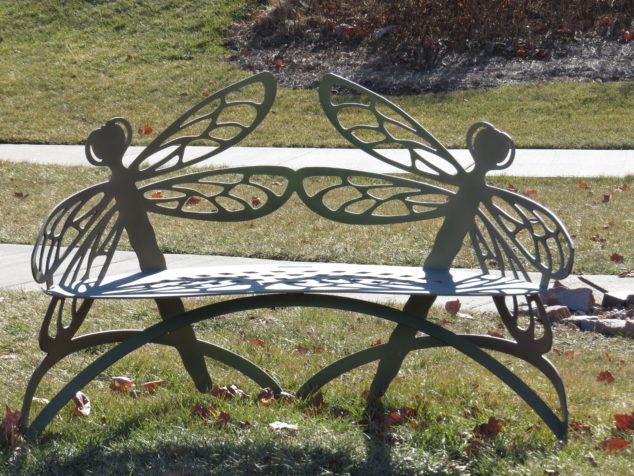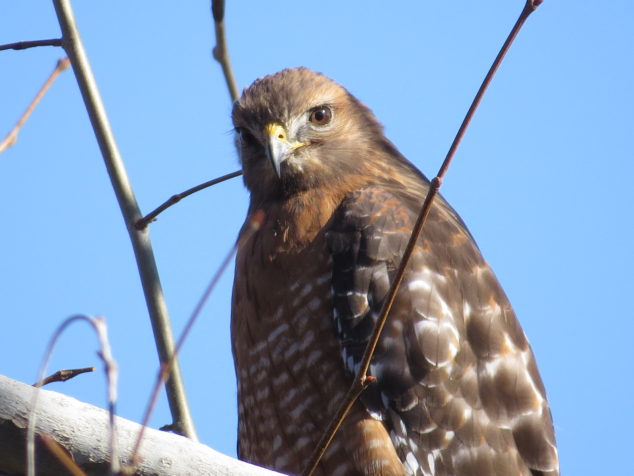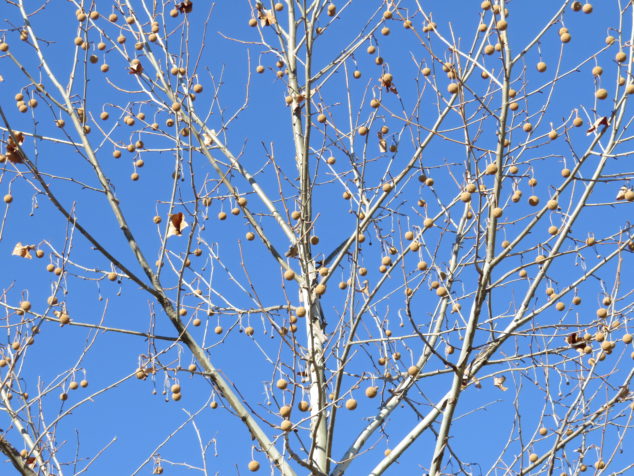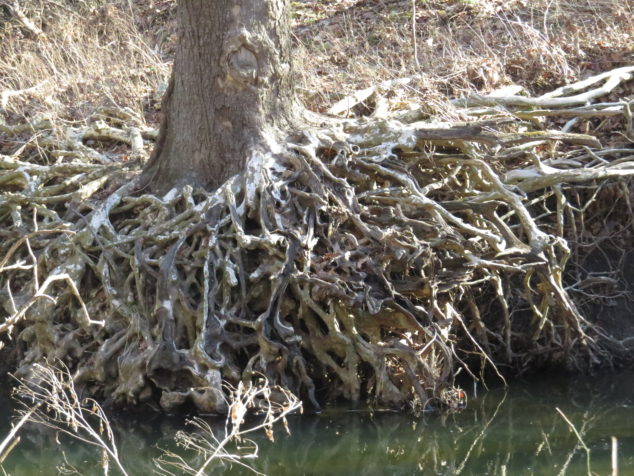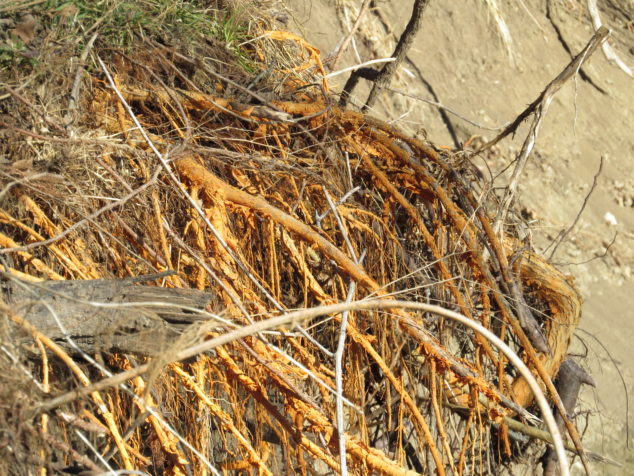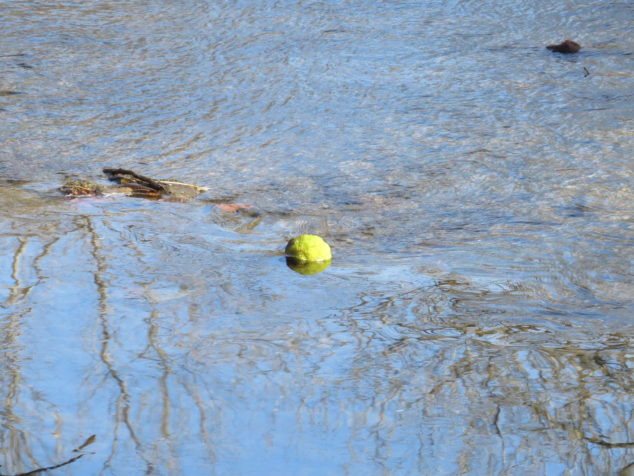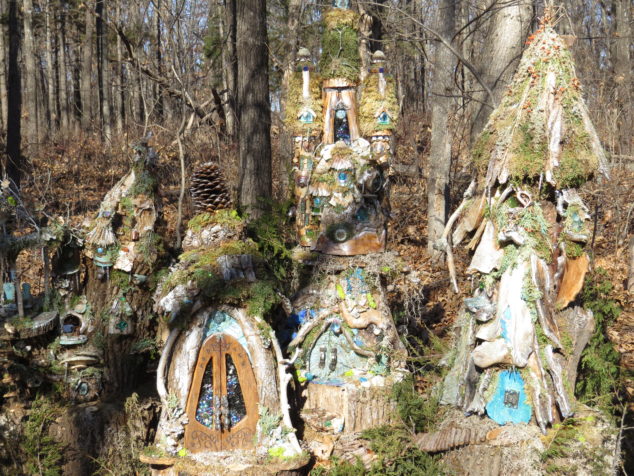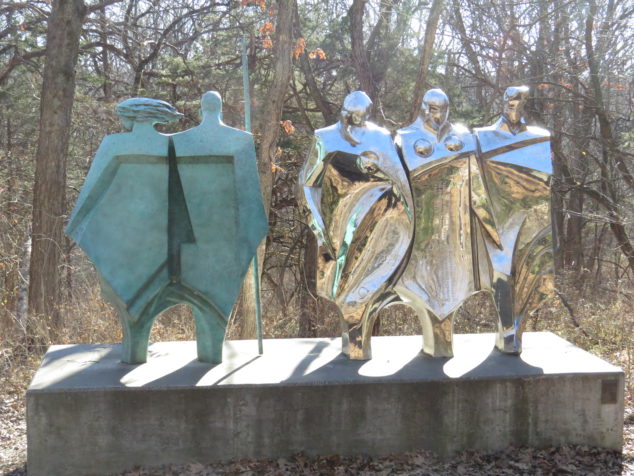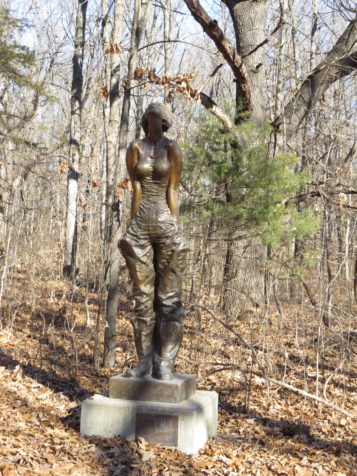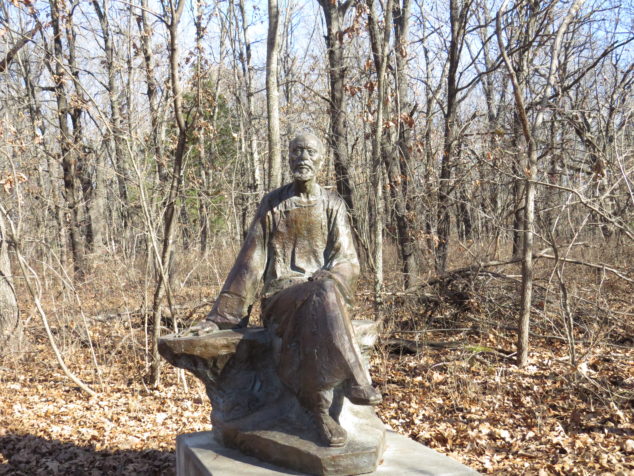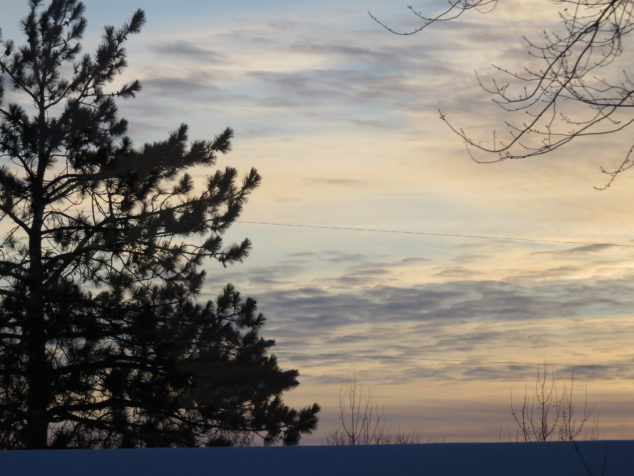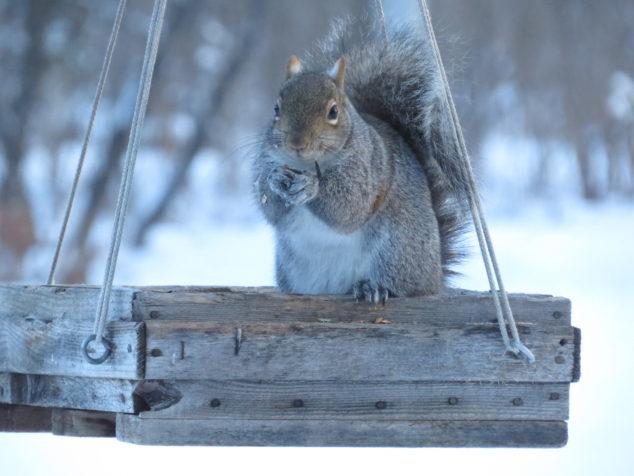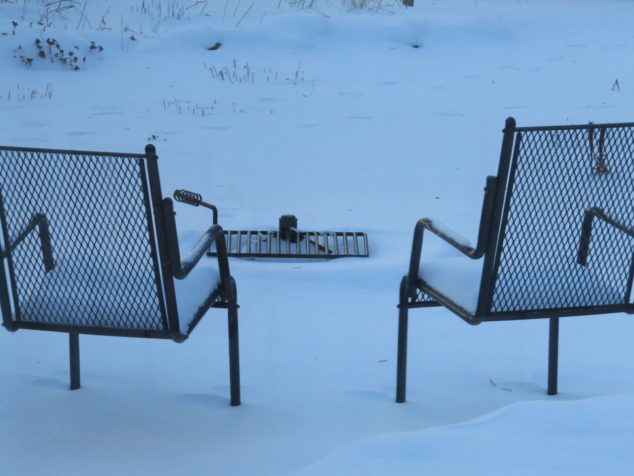I was mindlessly mowing on the John Deere a couple summers ago, listening to subpar country music on the headphones, when a song came on that instantly caught my attention. It was haunting and beautiful, so unlike everything I had been listening to. The song was ‘Burning House,’ and the singer was Camaron Ochs, known simply as Cam. The song was written based on a dream she had had about a former boyfriend and how guilty she felt by the way she had treated him.
“I had a dream about a burning house/ you were stuck inside/ I couldn’t get you out/ I lay beside you and pulled you close/ And the two of us went up in smoke”
During our December trip to Texas, we hiked through Bastrop State Park which had gone up in smoke on September 4, 2011, after months of drought and excessive heat. It was the most destructive wildfire in state history, burning 32,400 acres, killing two people, and destroying 1,696 homes and businesses. Ninety-six percent of Bastrop State Park was affected by the wildfire with thirty percent being intensely burned.
The Bastrop area is part of the Lost Pines ecosystem, the western most area of the United States where Loblolly Pines have grown for over 18,000 years. Seven years after the fire, the destruction was still so evident—the missing trees, the standing ‘ghost’ trees, the charred wood, and the fallen logs.
Fire kills trees in two ways: by destroying the cambium or living tissue layer that is under the protective bark or by consuming or damaging the needles, leaves, or buds. Ponderosa Pines and Western Larch are the most hardy trees when it comes to surviving a wildfire, which is dependent on the speed and intensity of the fire.
The 2011 Bastrop Complex Wildfire burned for 55 days.
This photo shows the various levels of damage, and the ridge gives us a visual of what the area previously looked like before the fire.
Another fire swept through the area in the fall of 2015—the Hidden Pines Fire. We drove through that smoke-filled air when we went to Austin for our daughter’s wedding that October. Eyeliner-black tree trunks define the destruction.
“I’ve been sleep walking/ Been wondering all night/ Trying to take what’s lost and broke/ And make it right”
To add insult to injury, on Memorial Day, 2015, after excessive rains, a dam on a 10-acre lake in the park failed and flooded this low-lying area.
We saw burnt trees that had acted like a snow fence, causing the roaring flood waters to dump the rocks on the downside of the tree. (Erosion is an ongoing problem in the park as it tries to reestablish the lost forest.)
“Wish that we could go back in time/ I’d be the one you thought you’d find”
The Bastrop Fire of 2011 and the preceding drought was devastating for the park and surrounding community. Trees that had taken multiple decades to grow were gone in a flash of fire. Homes and businesses—gone. Like the wildfires in California and other places around the world. Hiking through the park on that warm December day was a bit haunting—the evidence of what once was stood stark against the blue sky, and the loss was a reality hard to grasp. Even after seven years. Just like the burning houses of our lives. We find ourselves, or put ourselves, in a place that is going up in flames—guilt licks at our ankles, confusion fuels the fire, indifference smothers the air from our lungs. “I’ve been sleepwalking/ Too close to the fire” Our protective bark is breached, and the fire gets to our living tissue and causes us pain and death of what once was. We wish we could go back in time, but everything has changed.
On Friday, sixteen-year-old Greta Thunberg spoke at the World Economic Forum in Davos, Switzerland about Climate Change. She said, “But I don’t want your hope….I want you to act as you would in a crisis. I want you to act as if the house is on fire, because it is.”
We’ve been sleepwalking—in the living emotional areas of our lives, in the political and financial arenas of the world, and in the very real existential crisis that we face with climate change. How do we take what’s lost and broke and make it right?
